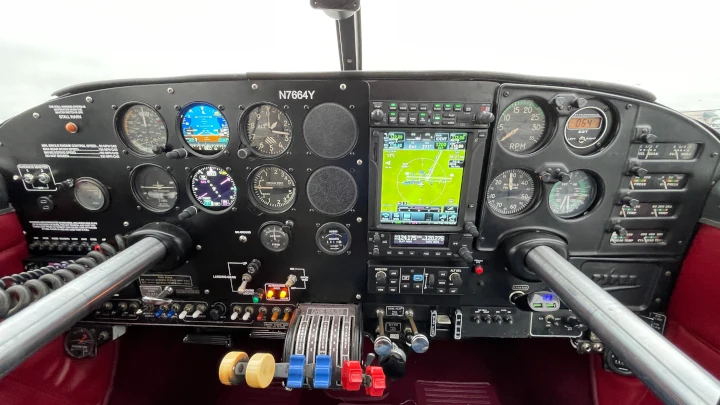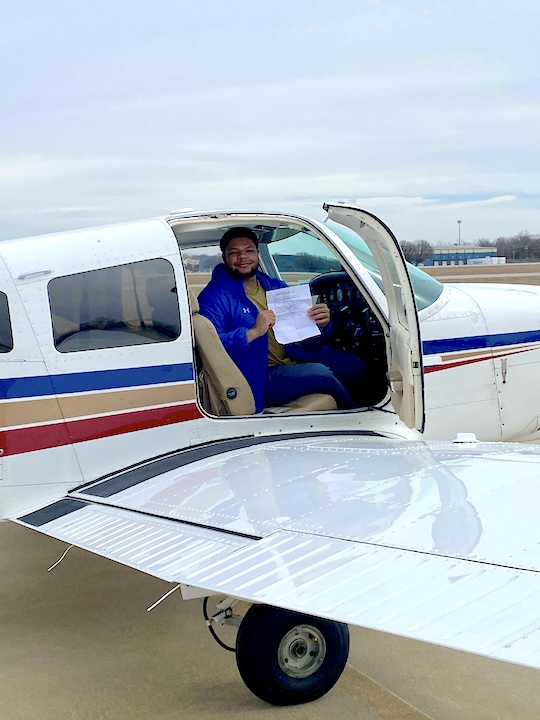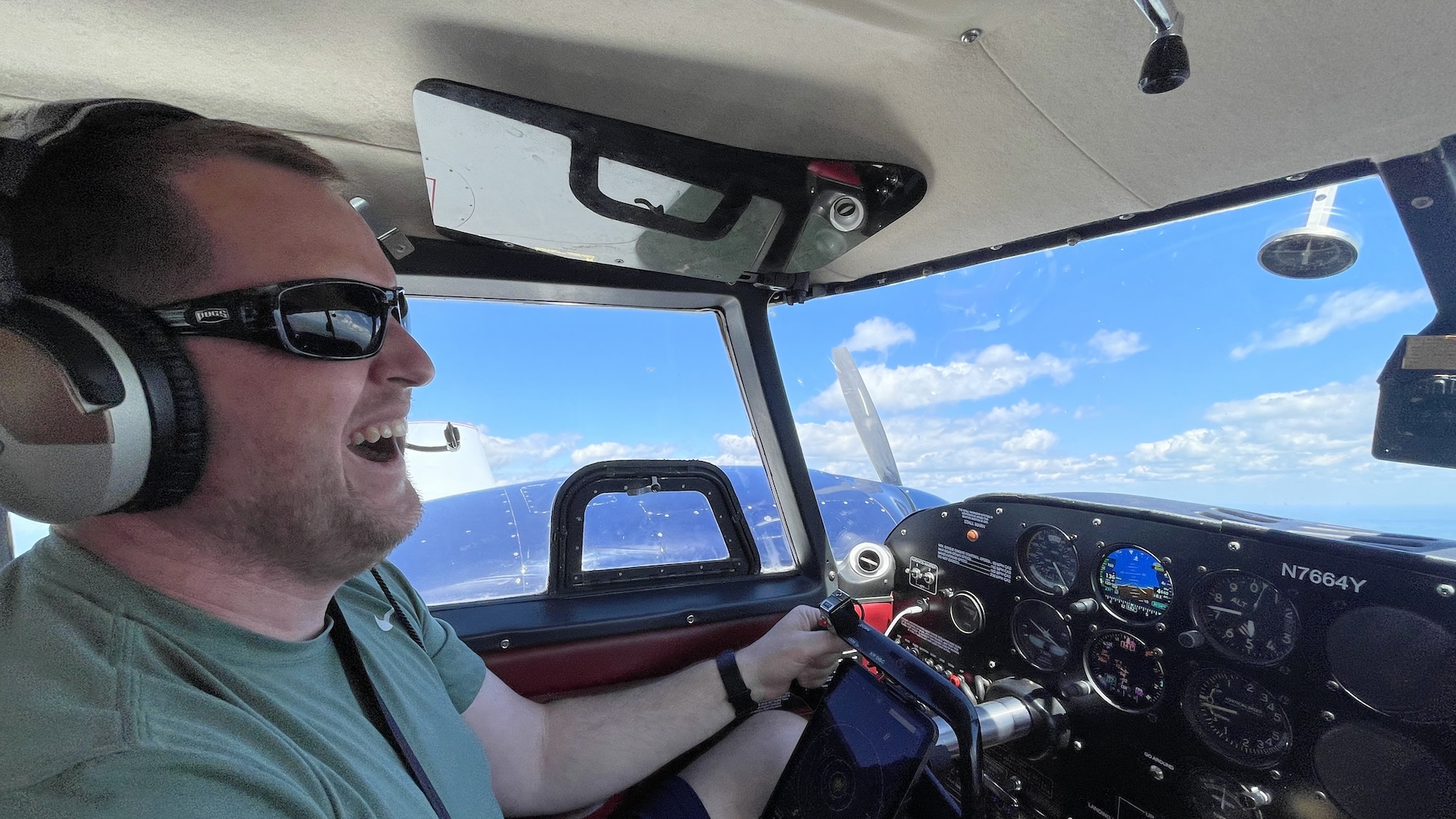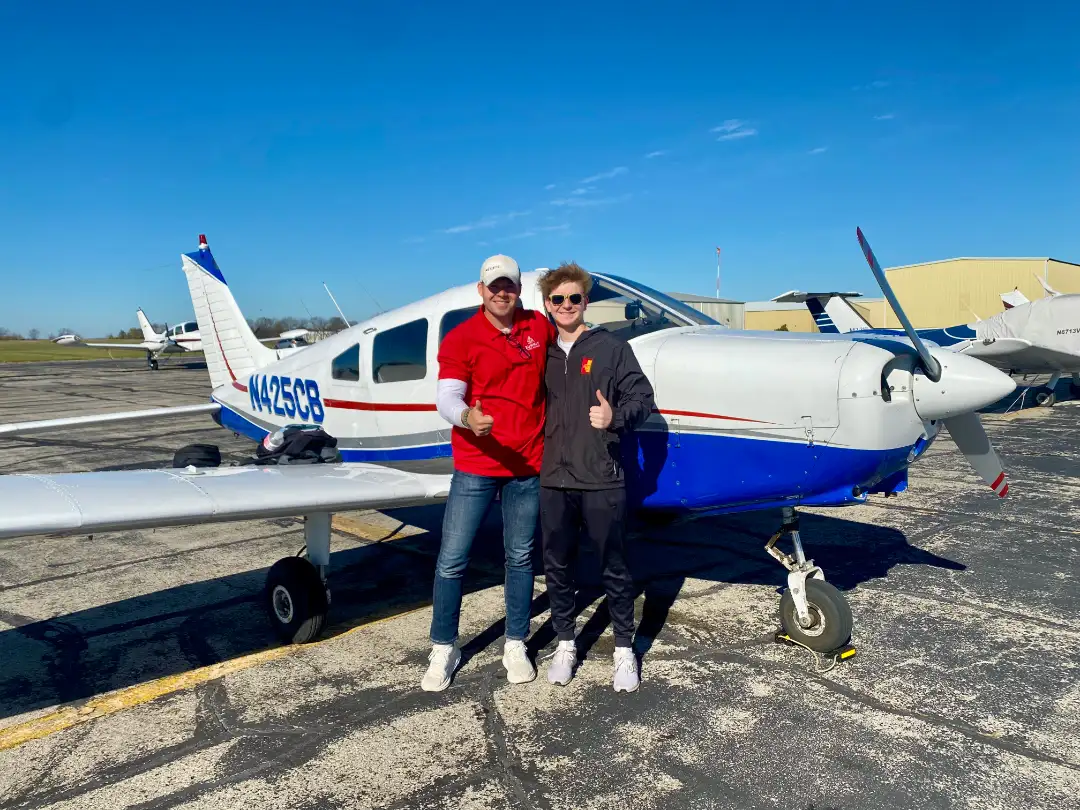Breaking Down an Instrument Panel
Jami Heckman
8 min read ·

Flying an aircraft is a marvel of modern engineering, combining technology and skill to navigate the skies safely. One of the fundamental aspects of becoming a proficient pilot is understanding the flight instruments. These tools provide critical information about the aircraft’s performance and position, allowing pilots to make informed decisions during flight. In this comprehensive guide, we’ll delve into the essential flight instruments and their functions, helping aspiring pilots from across the Kansas City area like Overland Park, Prairie Village, Leawood, and Lee’s Summit gain the knowledge needed to soar confidently.
The Six-Pack: Core Flight Instruments
At the heart of every cockpit is the “six-pack,” a set of six primary flight instruments that provide crucial data about the aircraft’s status. These instruments are typically arranged in two rows of three:
- Airspeed Indicator (ASI)
- Attitude Indicator (AI)
- Altimeter
- Vertical Speed Indicator (VSI)
- Heading Indicator (HI)
- Turn Coordinator
Airspeed Indicator (ASI)
The Airspeed Indicator measures the aircraft’s speed relative to the surrounding air. It is calibrated in knots and indicates various speed ranges, including:
- Vne (Never Exceed Speed): The maximum speed the aircraft can safely fly.
- Vno (Maximum Structural Cruising Speed): The highest speed for normal operation.
- Va (Maneuvering Speed): The maximum speed at which the aircraft can be safely maneuvered.
Understanding and monitoring airspeed is crucial for maintaining control and ensuring safe operation, especially during takeoff, landing, and turbulent conditions.
 Another successful instrument checkride at Summit!
Another successful instrument checkride at Summit!
Attitude Indicator (AI)
The Attitude Indicator displays the aircraft’s orientation relative to the horizon, indicating whether the wings are level and if the aircraft is climbing, descending, or in a banked turn. This instrument is vital for maintaining spatial awareness, especially in conditions of low visibility, where visual references outside the cockpit are limited.
Altimeter
The Altimeter measures the aircraft’s altitude above mean sea level (MSL). It works by comparing the atmospheric pressure outside the aircraft with a standard pressure value. Pilots use the altimeter to maintain desired altitudes during flight, follow air traffic control instructions, and ensure terrain clearance.
Vertical Speed Indicator (VSI)
The Vertical Speed Indicator shows the rate at which the aircraft is climbing or descending, typically in feet per minute (fpm). This information helps pilots manage smooth climbs and descents, maintaining passenger comfort and adhering to air traffic control requirements.
Heading Indicator (HI)
The Heading Indicator provides the aircraft’s heading relative to magnetic north. Unlike the magnetic compass, which can be affected by magnetic fields and aircraft movement, the heading indicator offers a stable and accurate reference for navigation. Regularly cross-checking this instrument with the magnetic compass ensures accurate course-keeping.
Turn Coordinator
The Turn Coordinator indicates the rate of turn and the coordination of the turn (whether the aircraft is slipping or skidding). It helps pilots execute standard-rate turns (3 degrees per second) and maintain coordinated flight, which is essential for passenger comfort and efficient aerodynamics.
Additional Flight Instruments
Beyond the six-pack, several other instruments play critical roles in modern aviation, especially in instrument flight rules (IFR) conditions.
Magnetic Compass
The Magnetic Compass provides a backup heading reference and is often used in conjunction with the heading indicator. It operates independently of the aircraft’s electrical system and remains a reliable tool in case of instrument failure.
Navigation Instruments
- VOR (VHF Omnidirectional Range): VOR receivers help pilots navigate using ground-based radio beacons, providing bearing information to and from the station.
- ADF (Automatic Direction Finder): The ADF points towards a non-directional beacon (NDB), aiding in navigation and position fixing.
- GPS (Global Positioning System): Modern GPS units offer precise positioning, navigation, and timing information, enhancing situational awareness and reducing pilot workload.
Engine Instruments
- Tachometer: Indicates engine RPM, ensuring the engine operates within safe limits.
- Oil Pressure and Temperature Gauges: Monitor the health of the engine, alerting pilots to potential issues before they become critical.
- Fuel Quantity Gauges: Display the amount of fuel in the tanks, helping pilots manage fuel consumption and plan for refueling.
Practical Tips for Aspiring Pilots
Familiarize Yourself with the Cockpit Layout
Spend time in a simulator or a real aircraft to get acquainted with the instrument panel. Understanding the layout and function of each instrument helps build muscle memory and reduces the cognitive load during flight. Consider visiting Summit Flight Academy to experience a real cockpit setup.
Practice Cross-Checking Instruments
Develop the habit of regularly scanning all instruments to build a complete picture of the aircraft’s status. This practice, known as the instrument scan or “cross-check,” is vital for maintaining situational awareness and detecting any anomalies early.
Leverage Local Flight Schools and Resources
Summit Flight Academy and other local flight schools in Overland Park, Prairie Village, Leawood, and Lee’s Summit offer training programs that emphasize the importance of understanding and using flight instruments. Take advantage of these resources, attend ground school classes, and seek guidance from experienced instructors. If you’re new to flying, check out our introduction to flying program to get started.
Participate in Instrument Flight Training
Even if you start with visual flight rules (VFR) training, consider pursuing an instrument rating (IFR) to enhance your skills and increase your versatility as a pilot. Instrument training deepens your understanding of flight instruments and prepares you for flying in a wider range of weather conditions. If you’re interested in a professional aviation career, explore our career track options for a structured pathway to becoming a commercial pilot.
 Take flight with Summit Flight Academy today
Take flight with Summit Flight Academy today
Mastering flight instruments is a cornerstone of becoming a competent and confident pilot. By understanding the function and operation of each instrument, aspiring aviators from Overland Park to Lee’s Summit can build a solid foundation for safe and efficient flight operations. Whether you’re just starting your journey or looking to advance your skills, Summit Flight Academy is here to support you every step of the way. Embrace the challenge, invest in your education, and take to the skies with confidence.
